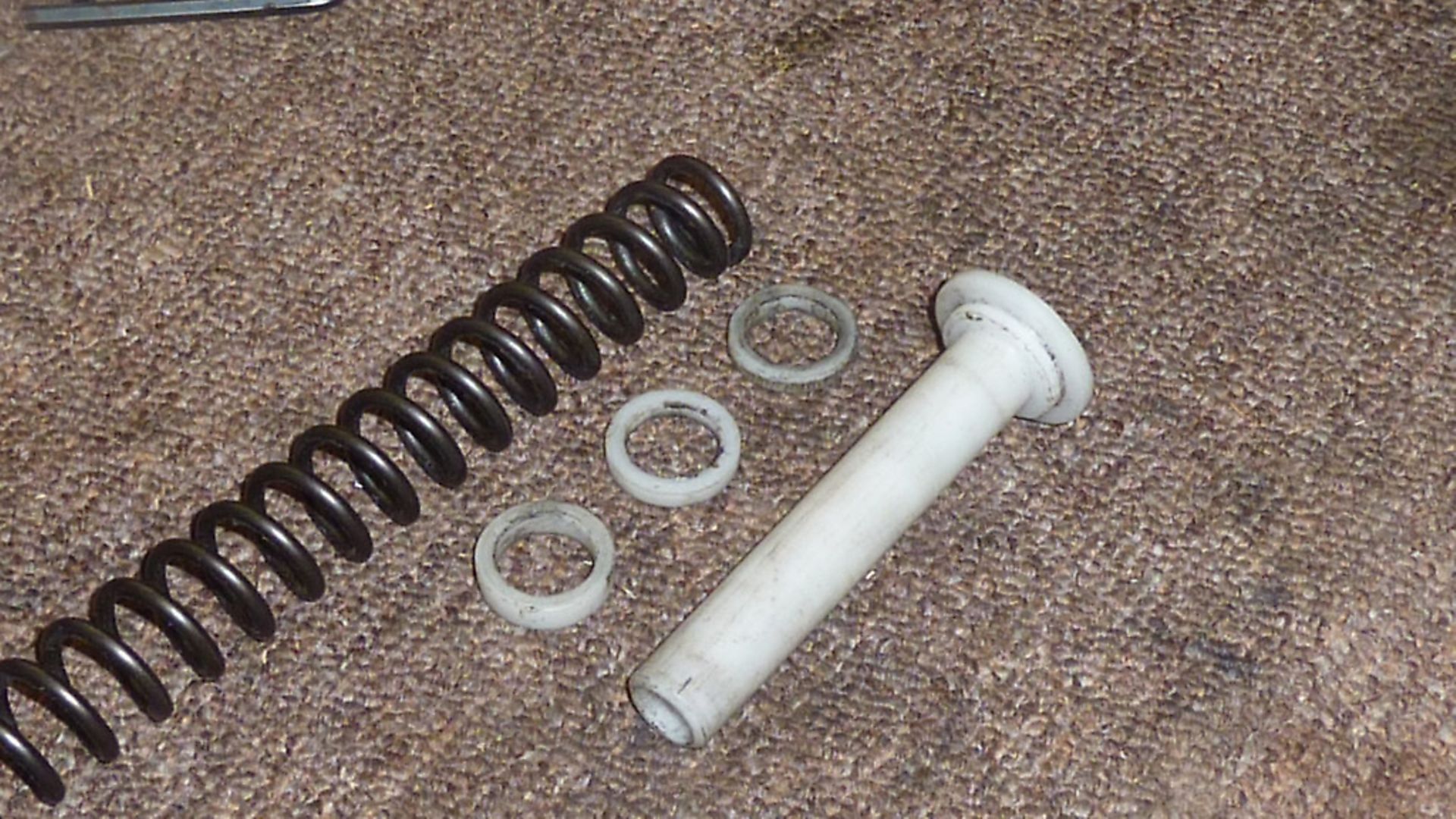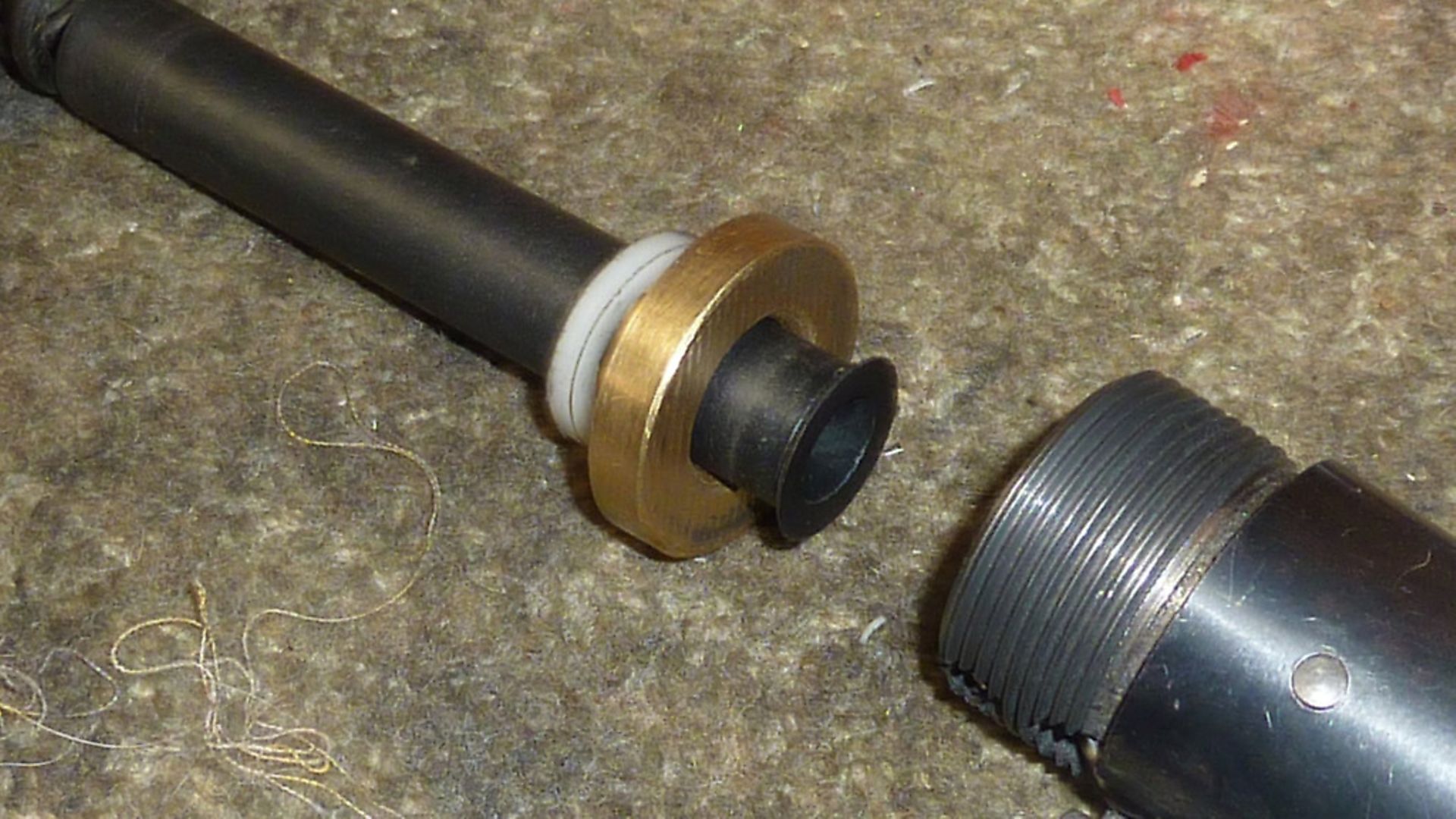Jim begins a short series of articles describing what spring airgun tuning can, and cannot, achieve
 credit: Archant
credit: Archant
Occasionally, a new member turns up at Nomads HFT club with a new, or new to them, spring airgun, and sooner or later they ask the question, “What do I need to do to it?” The answer is simple – they need to shoot it, but that’s neither the answer they were expecting nor, in some cases, even wanting.
What people expect or want to hear is advice to send their airgun away for tuning, or to buy and fit a drop-in kit, and the reason is that they’ve been on the Internet and read glowing, sometimes effusive accounts of how sending guns to various tuning gurus, or fitting drop-in kits, utterly transformed (‘transformed’ being the current buzz word) the airguns, and they think it’s a short cut to achieving higher scores, which it is not.
The most popular spring airguns in HFT are the Weihrauch HW97 and Air Arms TX200, followed by the Walther LGU, and a smattering of HW98 and Walther LGV break-barrels. Any one of these rifles is fully capable of clearing an HFT course, if not out straight of the box, then after a brief running-in period. The rifles might be capable of clearing a course, but the people using them aren’t, and the advice to shoot it rather than tune it gives the rifle a running-in period, and the user much needed practice.
Human nature being what it is, people tend to believe what they want to believe, and no amount of advice from even the most experienced and competent shooters can convince them that the only route to improved scores is practice, so I thought it would be a good idea to look at various tuning options, and what they can, and cannot do.
 credit: Archant
credit: Archant
Basic Drop-in Kits
The most basic drop-in kit comprises a pair of spring guides turned from engineering plastic, usually acetal; a long one for the rear of the spring, and a short one (the ‘top hat’) for the front, with what are usually referred to as ‘power washers’ to adjust the spring preload and, with it, the muzzle energy. The reason these basic drop-in kits are popular is that new airguns often have spring guides that are a slack fit inside the spring, which permits the spring to resonate freely, resulting in a loud (especially to the shooter) ‘twang’ and, provided that the drop-in spring guides are a snug fit in the spring, they damp down vibrations, removing the twang.
Quietening the shot cycle does not directly affect accuracy, because the real cacophony starts after the pellet has left the muzzle, although it does improve the shooting experience and with it user confidence, and that can have a positive effect on accuracy. Another perhaps less obvious advantage of properly fitting spring guides is that they will keep the spring straight as it compresses and expands, which can only lengthen its useful life.
What a basic spring guide kit cannot do, for any given muzzle energy, is reduce recoil and surge displacement, and therefore hold sensitivity, although many people believe otherwise, based on their perception of the shot cycle before and after, and state as much on the Internet, where it’s read by people who consequently assume that they need to ‘do something’ with their spring airgun.
Read more from Jim...
Is it safe to use damaged pellets?